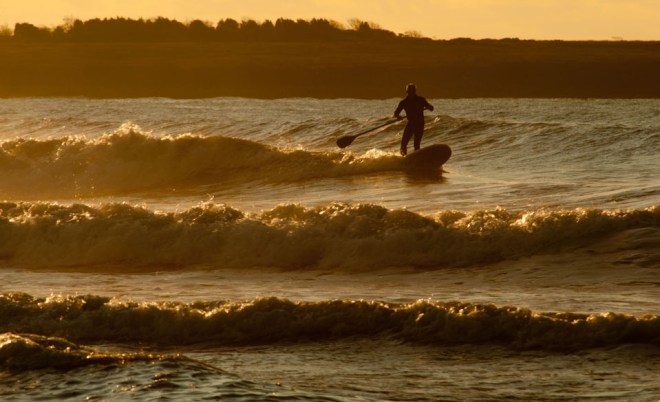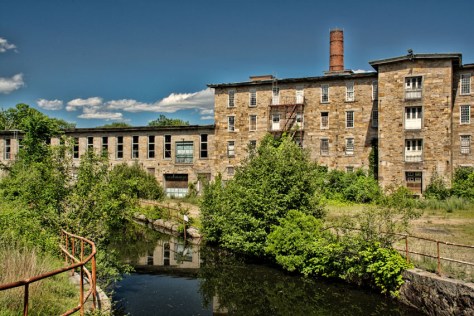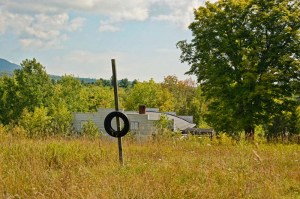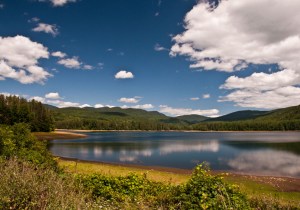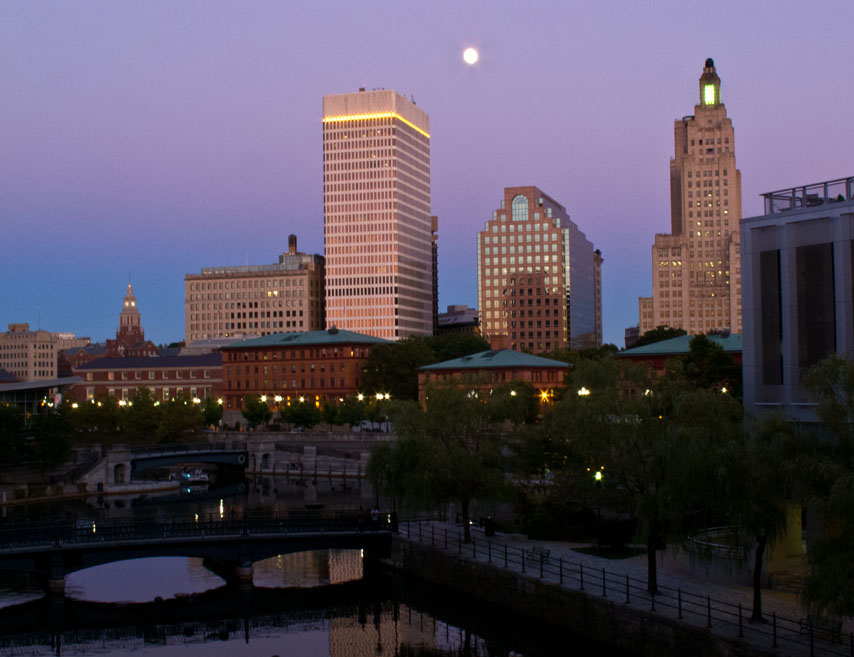Fotographia is the current, completely online exhibition from the Emerge Gallery in Saugerties, and in my last post I promised that I’d tell you about the two photographs of mine that were chosen for it.
As the name implies, Fotographia features photographs exclusively. Fortunately for me (and for other adventurous creators of photographic art), gallery owner Robert Langdon encourages artists to stretch their boundaries, leave their comfort zones, jump out of the box, because many of my choice artworks aren’t instantly recognizable as photographs.
Take Windswept, for example. Windswept was the name of what had once been a twenty-one-room mansion on the New England coast—specifically, a short drive north of Narragansett, Rhode Island. This ruin is all that’s left of it today. Easily accessible from a trailhead that’s located right on the main road, Windswept (what’s left of it) has been photographed countless times, and so my challenge was to do something different with it. It looks quite striking when the sun is illuminating it from a bright blue sky—the gold-and-blue combination is always a powerful one. I had some images like that and experimented with various filters, such as making it look like something Turner would have painted. None of those really respected the character of the place, at least not to me. Finally I decided it was time to put the virtual paintbrushes away and try something more in the character of a drawing. Here you see the result. The stones are strongly outlined without having a gritty look (I didn’t want gritty), and the absence of the bright colors emphasizes the shapes and lines. Lesson learned: It wasn’t necessary to rely on the bright colors to portray this interesting historic structure effectively.
In the second half of the 19th century some of the artists who had been painting the Hudson Valley and Catskills started to travel east, following what would eventually become the New England coastal experience. They included John Frederick Kensett, William Trost Richards, and Alfred Thompson Bricher. I fell in love with this school of painting when I saw several examples in the windows of the William Vareika Fine Arts Gallery in Newport, RI. Early one morning—before opening hours—I was feasting my eyes and Mr. Vareika (one of the Nicest People in the World), who was waiting for art shippers to pick up a consignment, let me run upstairs to see an Alfred Bricher. I was hooked. Now when I photograph this section of the Rhode Island coast, I feel the spirits of the 19th-century artists who immortalized these scenes in their paintings. This work, which I call Timeless, is my most successful attempt (thus far) to pay homage to this typical way they had of catching the sweep of the coastline. By using a filter that flattens the details, I ended up removing, from the human figures, any suggestion of a particular point in time. My son said he could just imagine the Victorian people walking this beach. For me that meant success.
Fotographia will run online until May 30. You can visit it here. And of course, all artwork is for sale.








